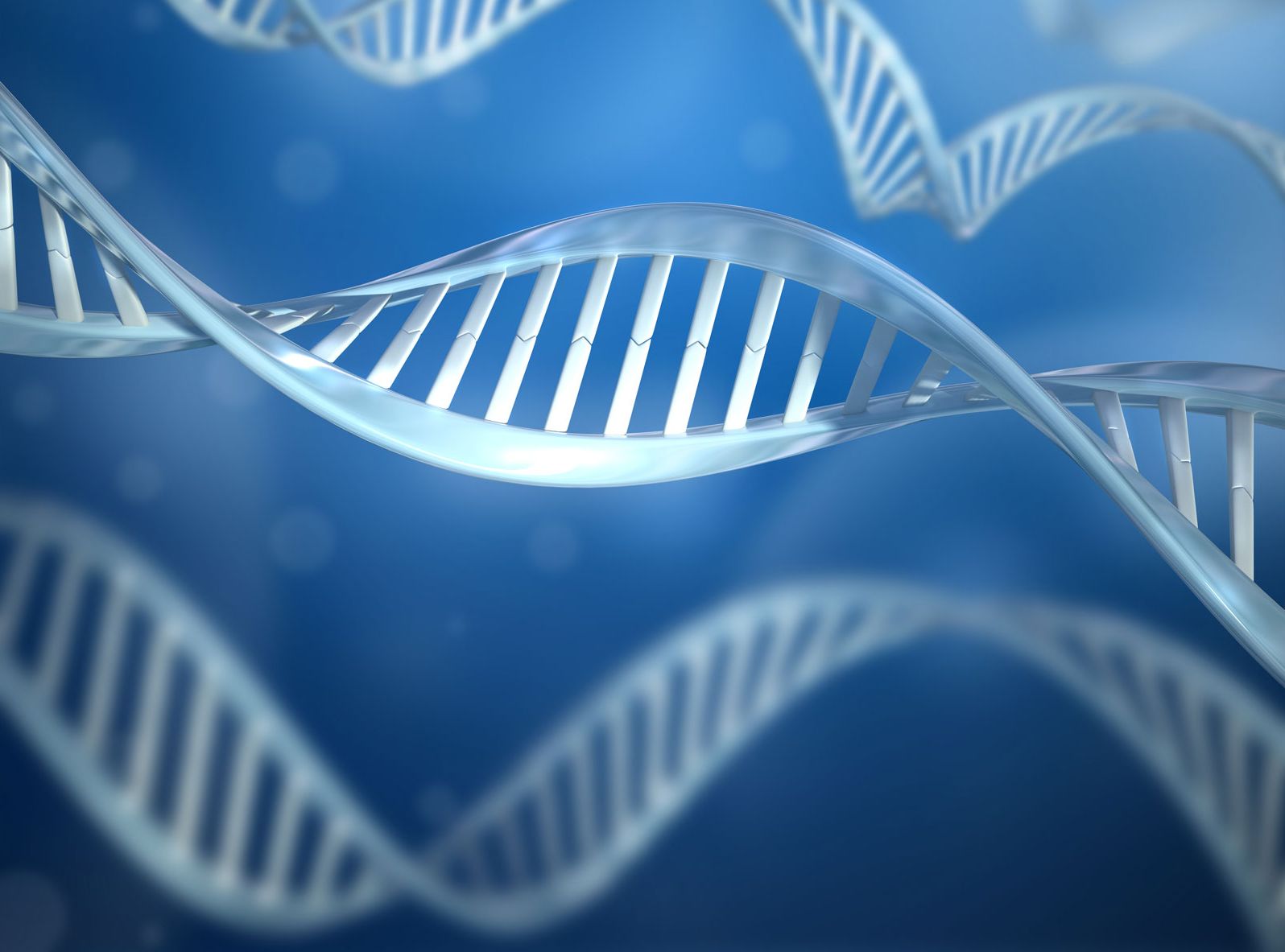
Before the markets opened on Wednesday, Array BioPharma Inc. (NASDAQ:ARRY) reported the top line results from its lead pipeline candidate – binimetinib. The results come off the back of a phase III, which kicked off in partnership with Novartis AG (NYSE:NVS) in July, 2013. With a target indication of NRAS mutant melanoma, the drug has the potential to be a real blockbuster for Array, if the FDA gives it the green light and commercialization is a success. Here’s a look at what approval might mean from a revenues perspective, alongside a detailed look at binimetinib’s mechanism of action.
First then, let’s address the science. As we have said, the drug targets NRAS mutant melanoma. If you are familiar with the biotech space, and in particular with the oncology side of the space, you will likely have heard the term BRAF mutation. BRAF mutation steals the limelight in oncology when it comes to gene mutated cancer, primarily because of its prevalence – just shy of 50% of melanomas (melanomas are primarily skin cancers, but can also occur in the mouth, eye or intestine) harbor a BRAF mutation. Close to 25% of melanomas, however, harbor a NRAS mutation. There is rarely a crossover – i.e. a melanoma having both a BRAF and a NRAS mutation – but physicians estimate that 20% of BRAF mutations give up their mutation and take on an NRAS mutation at late stage cancer development. Anyway, back to the point. The letters here (NRAS, BRAF) simply refer to the gene that harbors the mutation. So, in the instance of this indication, the NRAS gene harbors a mutation which is vital to tumor cells being able to proliferate. You can think of it as that the tumor feeds on the mutation. Binimetinib is what’s called an MEK inhibitor. In our cells, we have something called the MAPK/ERK pathway, which is the string of proteins that allow signals to pass from the outside of a cell to the inside. One of the key elements of this pathway is the mitogen-activated protein kinase enzyme, MEK1, and to a smaller extent, MEK2. Binimetinib inhibits these enzymes, and in doing so, both stops cell proliferation (replication) and induces a type of programmed cell death called apoptosis.
The beauty of being able to inhibit MEK is that the pathway in which the enzyme plays a crucial role is not limited to melanoma. It plays a part in a wide range of cancerous cell proliferation, meaning binimetinib has the potential to treat an equally wide range of indications. Let’s not get ahead of ourselves though.
Sticking with melanoma, what data will form the basis of the company’s NDA? The primary endpoint was progression free survival when compared to dacarbazine, a commonly used single agent drug in melanoma, which Bayer AG (OTCMKTS:BAYRY) developed initially but that is now available generically. The drug hit statistical significance, with PFS coming in at 2.8 months for the Array treatment versus 1.5 months for the dacarbazine arm. We’ll get further insight over the next couple of months, but we know that the drug was well tolerated across the trial, so we expect the further data to relate purely to secondary endpoints – i.e. no big deal, just data that will support the approval if positive, but not negate the approval if negative.
So, let’s get to the numbers – what’s the market potential for the drug on approval? Every year, around 75,000 melanoma cases are diagnosed in the US. We’ve used the 25% NRAS mutation figure above, but let’s be conservative (estimates vary) and say 20% have an NRAS mutation. This puts us at circa 19,000 cases each year. The average cost of melanoma treatment is around $1,800 per patient, but we have a mitigating factor at play here – NRAS is primarily associated with poor prognosis (i.e. it is much more serious, and often later stage when diagnosed, than BRAF). As melanoma advances, average costs rise to $170,000, with the later stage costs often accounting for more than 90% of total treatment cost. It is not unreasonable to assume, therefore, that Array could put a conservative price tag of $100,000 on this treatment, if approved. This would give it potential revenues of $1.9 billion, based on the NRAS mutation figures. We mentioned earlier that Novartis funded development, but in a stroke of luck for array (and in a very unusual deal), Novartis paid Array $85 million to bow out of the agreement last year, returning global rights to the latter.
The takeaway? That Array could be sitting on a close to $2 billion blockbuster, having avoided the capital outlay to develop it to phase III. Dates to watch? NDA submission is expected during the first half of 2016, which would give us a PDUFA date somewhere in the first half of 2017.




